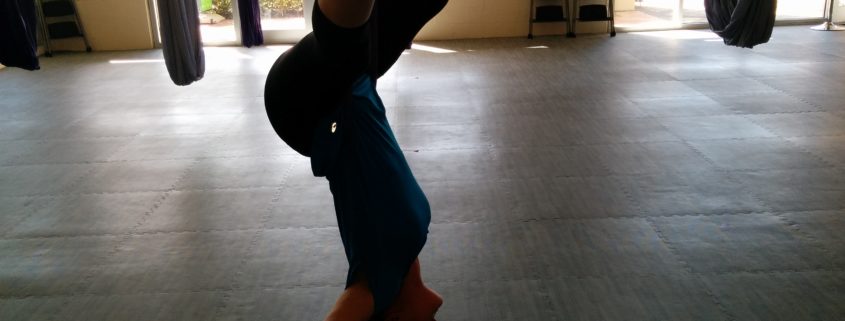What type of yoga is best?
As a Hatha yoga trained teacher under the umbrella of the Raja type of yoga, I am often asked if one style of yoga is better than another. It has always been my belief that all yoga has mind-body-soul benefits and recent research appears to support such a belief. However, what I think is important to understand is that yoga does not just include the physical poses or shapes that most of us first think of when asked ‘What is yoga all about?’.
Sacred yogic texts offer that there are four types of – or paths to – yoga, which is often defined as the union of body, mind, soul and spirit. Raja yoga is the type of yoga that includes techniques, such as movement, meditation, and mudras, and is what is most often practiced here in our Western world. Bhakti yoga is the type of yoga focused on devotion, also referred to as the path of love. Jnana yoga is the type of yoga focused on the attainment of knowledge or wisdom through study and self-inquiry. Karma yoga is the type of yoga focused on action without attaching to the outcome of your efforts, also referred to as the path of selfless service.
With this basic understanding of the four types of yoga then, when we think of yoga practices we start to realize it is all yoga. When we focus on the yoga most practiced here in the US, Raja yoga, then we can begin to broaden our perspective as to what is included in this particular type, beyond the physical movement we do on our mats in a yoga class. Yoga practices or techniques can include breath (pranayama), intention setting (Sankalpa), visualization (Bhavana), mudra (body/hand positions), mantra (chanting/sound), meditation (all kinds!), and how we interact with others and ourselves.
When we do take a moment to focus on the physical movement on the yoga mat, within the Hatha yoga style of Raja yoga, multiple yoga styles have emerged, which makes this type of yoga available to everyone. Options run the gamut from Vinyasa flow, which is a faster-paced, sweaty practice to Restorative, where bodies are supported by blankets, bolsters, and other props to find comfort and held for at least 10 minutes. Other classes might simply focus on breath practices or sound healing through musical instruments or chanting/singing. Even others might offer guided visualization meditations. Yoga class descriptions might represent the offering as a Beginner’s class or a Level 1 class. Newer trainings include Yoga of 12 Step Recovery and Trauma-informed Yoga.
Therefore, my answer to the question is ‘Whatever works for you!”. Not all yoga is equal. Yoga is not the vanilla flavor of union and instead has evolved into a more ‘flavor of the month’ approach to broaden its reach and appeal. And, the more we learn about the roots of the ancient tradition, we come to realize that it was originally taught in a one-on-one format, passing the knowledge of the guru to student, most likely taking into consideration that student’s individual needs. So, in reality, yoga (with all of its techniques or ingredients) is meant to be a personal practice, customized to what is needed in the moment. With this understanding then, my answer might include a response such as “You are your best guru, so listen to your body and allow it to join the mind in making the decision as to what feels best in the moment”.
If you still believe just one type or style of yoga is best, I encourage you to click on the link below to read more about the research that concluded that the choice of yoga style can be based on personal preferences and availability:












Leave a Reply
Want to join the discussion?Feel free to contribute!